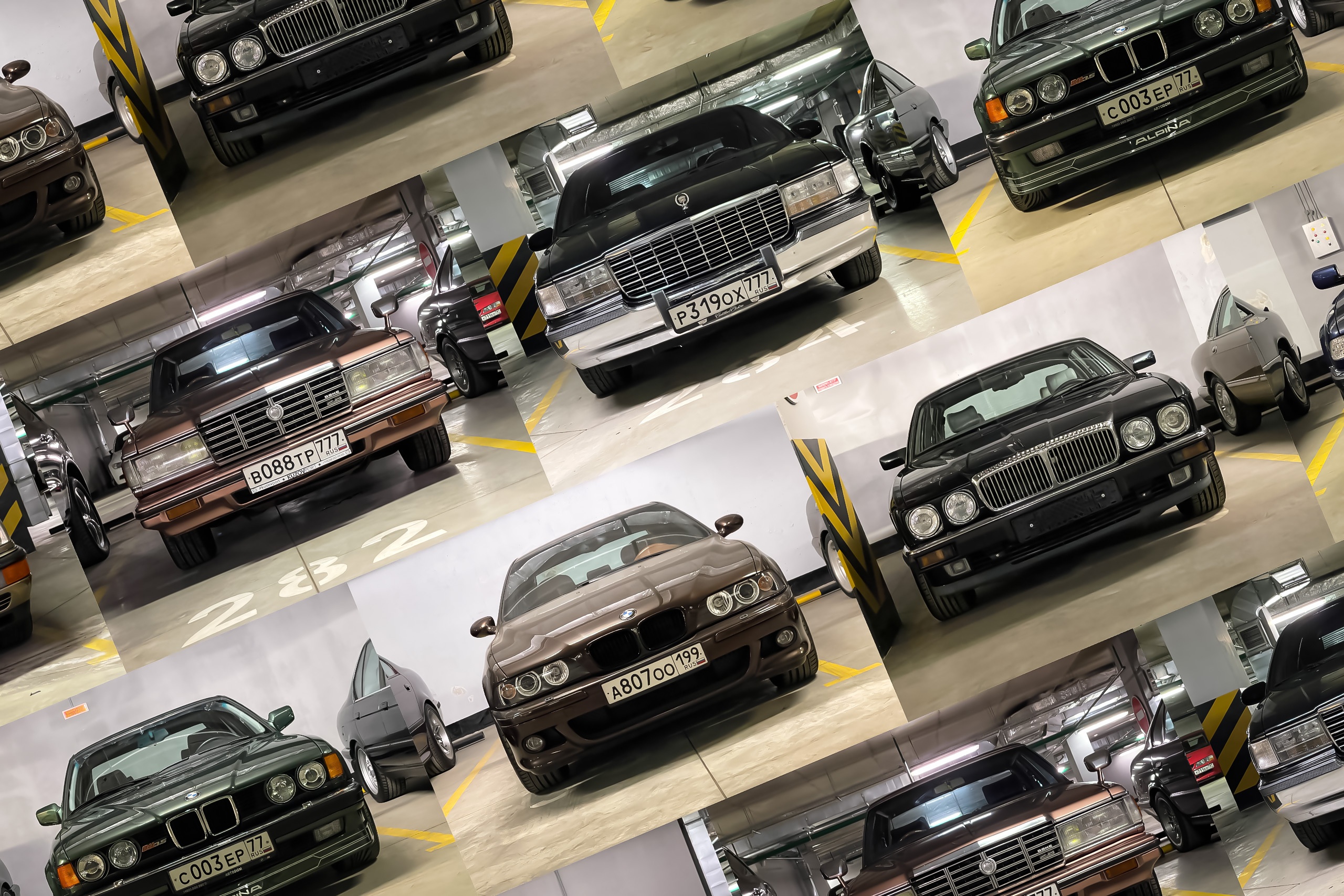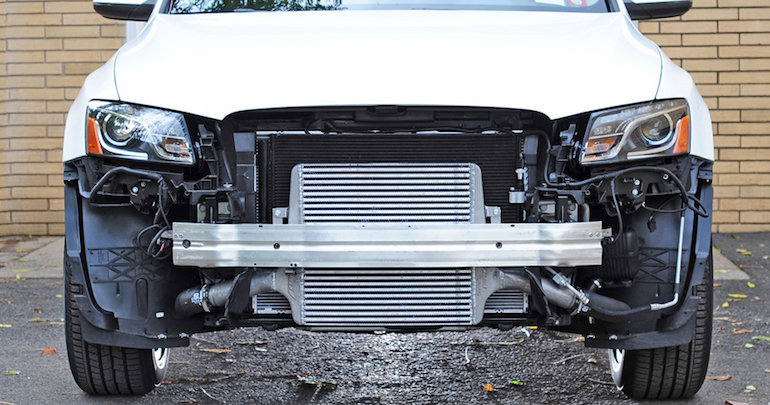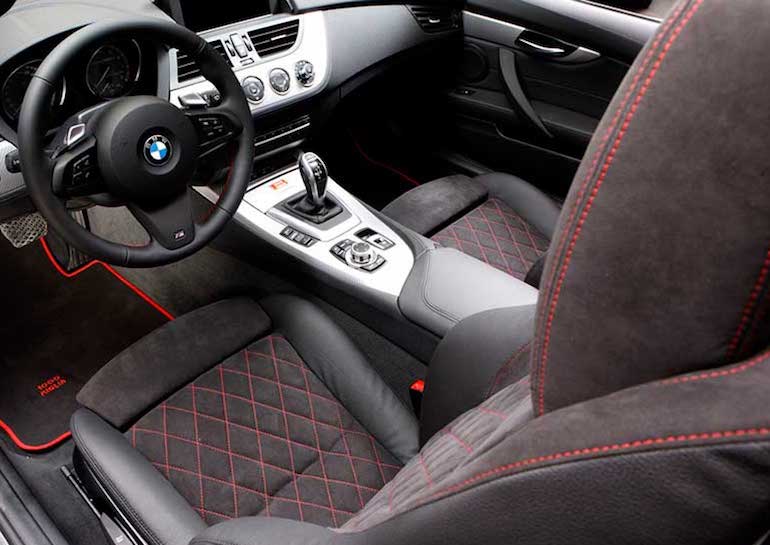
er - what is it in a car? Photo and video
An example of power are cars equipped with turbocharging systems. Due to the fact that the turbocharger pumps more air into the cylinders, the fuel burns out almost completely and everything turns into energy, which is what we feel when we sit behind the wheel of famous turbocharged cars such as the Porsche 911 Turbo S, Audi TTS, Mercedes-Benz CLA 45 AMG and others.
But, as they say, it's a double-edged sword. In a turbocharger, air coming from outside is compressed, and when compressed, the temperature of any substance rises. As a result, gas enters the engine, heated to a temperature of about 150-200 degrees, due to which the resource of the power unit is significantly reduced.
There is only one way to get rid of this problem - by installing a heat exchanger, which will take excess heat from the heated air. This heat exchanger is the intercooler, which we will talk about on Vodi.su in this article.

The device and the principle of operation
This is a fairly simple device, in appearance resembling a cooling radiator in internal combustion engines. The principle of operation is also not complicated - the heated air is cooled by passing through a system of tubes and honeycombs, where it is affected by either a liquid or a counter flow of cooled gas.
Thus, according to the principle of cooling, two main types are distinguished:
- air - water;
- air is air.
The intercooler radiator is installed in various places under the hood: from the left or right wing, directly behind the bumper in front of the main cooling radiator, above the engine. Most automakers install an intercooler grill either on the side near the fender or behind the bumper, since the cooling area will be larger, and the device will work more efficiently.
It is worth noting that even when the incoming atmospheric oxygen is cooled by 10 degrees, it is possible to achieve an improvement in the traction performance of the power unit by 5 percent. Moreover, according to research, the cooled air can be further compressed, due to which its volume entering the cylinders increases.
Air cooled intercooler
This is the simplest and most popular option. Cooling occurs due to the flow of additional flows of atmospheric air through the air intake. The heat exchanger pipes are made of copper or aluminum and are additionally equipped with heat sink plates.
The air intercooler works best at speeds above 30 km/h. It is also often installed on trucks and passenger buses with diesel engines. It is worth noting that the air heat exchanger cannot be miniaturized indefinitely, so it is practically not used on small cars with low-power engines.

Liquid cooling
A liquid-cooled intercooler is much more compact. The gas cools down due to the fact that it passes through pipes, the walls of which are washed with antifreeze, antifreeze or ordinary water. In appearance, it practically does not differ from the radiator of a heating stove and has the same small dimensions.
However, this system has a number of design flaws:
- the liquid itself heats up;
- it takes time to cool down;
- it is necessary to install an additional pump to ensure uninterrupted circulation of the reagent.
Thus, a liquid intercooler will cost more than an air one. But drivers often have no choice, since there is simply nowhere to install an air heat exchanger under the hood of a small compact class car.
Installing an intercooler
If the device works correctly, it reduces the temperature of the air by 70-80%, so that the gas is better compressed in a limited volume. As a result, a large amount of air enters the combustion chambers, and engine power increases, in the literal sense of the word, by 25 horsepower.

This indicator, first of all, attracts owners of sports cars. If the intercooler was not installed as standard on your car, you can do it yourself. When choosing, consider the following parameters:
- heat exchanger area - the larger it is, the better;
- optimal round section of pipes to avoid pressure losses;
- the minimum number of bends - it is in the bends that flow losses occur;
- pipes should not be too thick;
- strength.
Installing an intercooler on your own is quite within the power of any motorist who understands the structure of his car. You can order its delivery directly from the factory, the kit includes brackets, fasteners and pipes for laying the route from the turbine to the throttle. There may be a problem with a mismatch in the diameter of the nozzles, but it is solved by installing adapters.
To prevent the intercooler from becoming clogged with dust, it is necessary to change the air filter in a timely manner. Inside, you can pour gasoline, rinse the device well and blow it with compressed air. Increasing the power of your diesel engine and extending its life is the main prize you get by installing an intercooler.
Loading…

